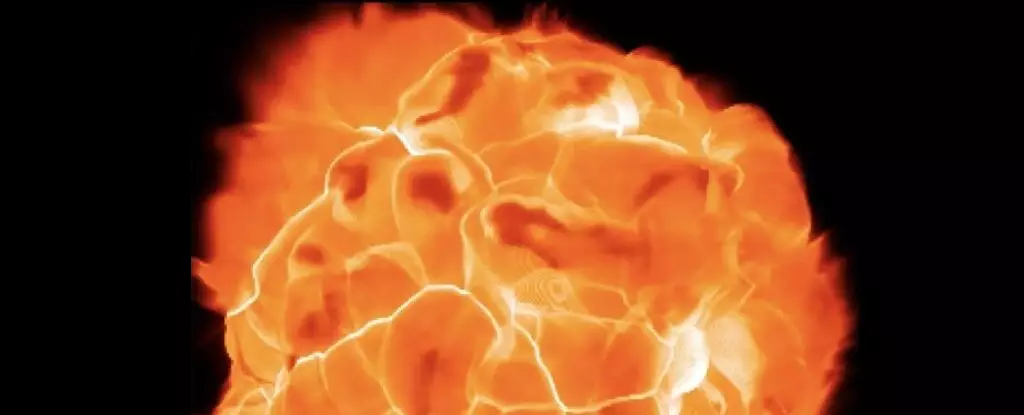Betelgeuse, also known as Beetle-juice, has captivated amateur astronomers for years. This red supergiant variable star, located in the constellation Orion, is one of the brightest stars in the sky. With a radius about 1,000 times that of the Sun and situated prominently at the upper left of Orion, Betelgeuse has been a fascinating celestial object to study.
In recent years, Betelgeuse experienced unexpected dimming. This dimming, dubbed ‘The Great Dimming,’ occurred toward the end of 2019 and returned to normal in the first half of 2020. The phenomenon caught the attention of astronomers and led to various theories being proposed to explain this unusual behavior.
A recent paper suggests that a companion star with a mass of 1.17 solar masses could be the cause of Betelgeuse’s variability. This companion star, named Ori B, could be orbiting Betelgeuse at a distance of about 2.43 times the radius of the supergiant. It is thought that this companion star may be modulating the dust surrounding Betelgeuse, resulting in the observed fluctuations in brightness.
Betelgeuse’s light curve displays a Long Secondary Period (LSP) of approximately 2100 days. This secondary cycle, which is longer than its normal pulsation period, remains a mystery in terms of its underlying mechanism. The duration of the LSP seems to be related to the pulsation of the star’s outer layers, raising questions about Betelgeuse’s size and evolutionary stage.
While Betelgeuse is expected to go supernova at some point, the discovery of Ori B as a possible companion star has added a new layer of complexity to our understanding of this red supergiant. The variations in Betelgeuse’s brightness, once thought to indicate an imminent supernova event, may now be attributed to the presence of Ori B. This realization suggests that the supergiant may have more time before undergoing a supernova explosion.
The mystery of Betelgeuse’s dimming continues to intrigue astronomers, with new insights from the discovery of a possible companion star reshaping our understanding of this enigmatic celestial body. As further research is conducted and more observations are made, we may unravel the secrets of Betelgeuse and its intriguing behavior in the night sky.

Leave a Reply